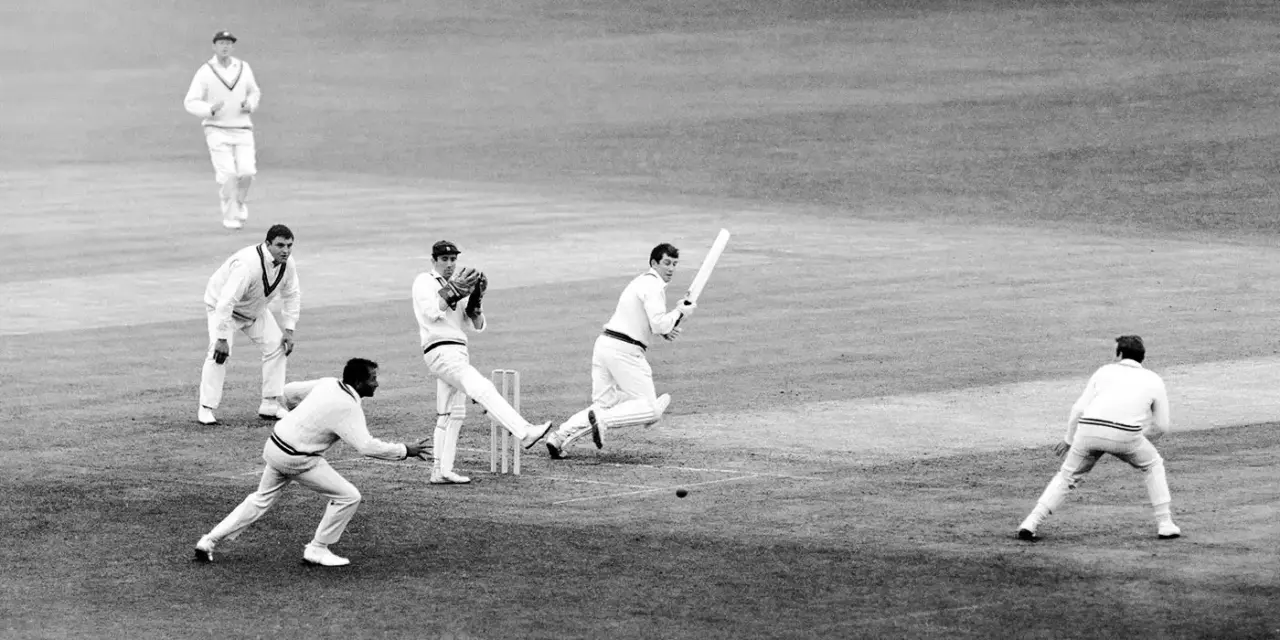Cricket, often dubbed the “gentleman’s game,” has a rich history that stretches back centuries. Originating as a rural pastime in English villages, cricket has grown into a global sport, captivating millions worldwide and fostering unique cultural identities and rivalries. From its humble beginnings on rural fields to grand stadiums hosting World Cups, the evolution of cricket is a story of transformation of a sport rooted in tradition.
Early Roots in Rural England
Cricket’s exact origins remain somewhat mysterious, but evidence suggests the game was first played in the 16th century in southeastern England. Villagers likely early bats and balls from readily available materials, using sticks and wooden stumps as makeshift wickets. The game initially developed as a simple pastime for farmers, shepherds, and rural children who would play in open fields.
One of the earliest mentions of cricket in historical records dates back to a court case in 1598, where a man described playing a game called “creckett” on common land in Guildford, Surrey, around 1550. Over the following century, the game spread across other counties, becoming increasingly popular among rural communities.
The Game Takes Shape
Cricket’s transition from a rural pastime to a more organized sport began in the late 17th century, with records from 1697 indicating the first known match with organized teams, held in Sussex. As the game spread, it attracted participants from various social classes, and a structure began to form. Rules were formalized, and by the early 18th century, counties started establishing teams, with patrons sponsoring local matches and events.
The 1700s also saw the formation of cricket clubs and the standardization of rules. This period gave rise to some of the basic elements of cricket as we know it today, including specific guidelines for field dimensions, scoring, and the responsibilities of players.
The Establishment of the Marylebone Cricket Club (MCC)
A turning point in cricket history came with the founding of the Marylebone Cricket Club (MCC) in 1787, headquartered at Lord’s Cricket Ground in London. The MCC rapidly became the governing body of English cricket, and in 1788, it published the first formal set of cricket laws, which were widely accepted and respected across England. The MCC’s role in codifying the rules and regulations gave the game consistency, fostering its growth as a respected sport.
The MCC’s rule-making efforts helped standardize elements like the length of the pitch, the layout of the field, and the dimensions of the bat. Under the MCC’s influence, cricket became more structured, helping transition the game from its village origins to a popular, organized competition.
Cricket’s Spread Across the British Empire
During the 18th and 19th centuries, cricket expanded beyond England’s borders, carried by British colonialism. Soldiers, settlers, and merchants introduced cricket to regions like the Caribbean, India, Australia, and South Africa. The British saw cricket as a means of promoting cultural values and discipline, while many colonized societies adopted and adapted the game, making it their own.
The Growth of International Cricket
The early 20th century saw the establishment of the Imperial Cricket Conference (now known as the International Cricket Council or ICC) in 1909. England, Australia, and South Africa were the first three members, and the ICC’s formation set the foundation for international competition.
In the decades that followed, more countries joined the ranks of international cricket, including India, the West Indies, Pakistan, and New Zealand. As more teams entered the competitive scene, cricket evolved into a global sport, with Test matches becoming a prestigious format showcasing national pride and talent.
The introduction of the One Day International (ODI) format in 1971 marked a new era in cricket. Unlike the multi-day Test matches, ODIs were limited to a single day with a set number of overs, making the game faster-paced and more viewer-friendly. The first Cricket World Cup, held in 1975 in England, showcased the ODI format on an international stage, drawing massive audiences and bringing cricket to a broader fanbase.
In the early 2000s, Twenty20 (T20) cricket took the world by storm with even shorter matches that lasted just a few hours. The T20 format appealed to younger audiences and sparked the creation of various leagues, including the Indian Premier League (IPL), which became one of the most-watched sports leagues worldwide. T20’s popularity transformed cricket from a traditional game into a high-energy sport, appealing to a global, fast-paced audience.
Cricket Today
Today, cricket is one of the world’s most popular sports, with an estimated fan base of over two billion. The game has grown from local fields in England to stadiums filled with fans from diverse backgrounds, united by a shared love for cricket. The ICC continues to expand the sport’s reach, incorporating more countries and supporting the growth of women’s cricket, T20 leagues, and grassroots development programs.
Cricket’s journey from the fields of rural England to a global stage is a testament to its adaptability and appeal, the game has evolved through various formats, endured political and social changes, and brought people together across continents. From Test cricket to T20 leagues, cricket’s story is a dynamic one, embodying both the heritage of its early English roots and the spirit of a global sport.


